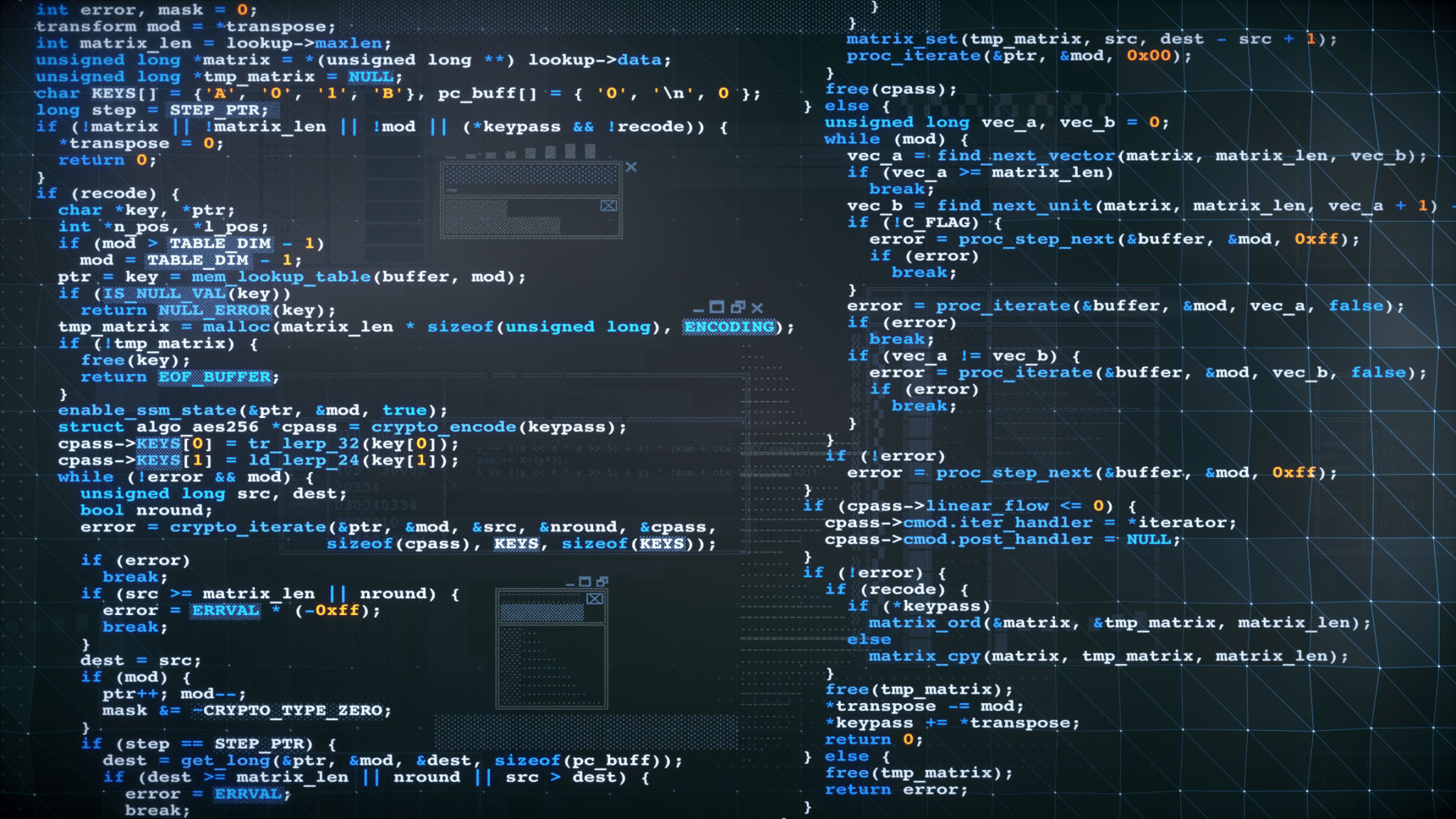Understanding Blockchain Security for Asset Protection
Introduction to Blockchain Security
The rise of blockchain technology has brought about significant advancements in asset protection, offering a new level of security that traditional systems struggle to match. Understanding the principles of blockchain security is essential for anyone looking to protect their digital assets effectively. This revolutionary technology relies on decentralization, cryptography, and consensus mechanisms to ensure data integrity and security.
At its core, blockchain is a distributed ledger technology that records transactions across multiple computers, ensuring that the recorded transactions cannot be altered retroactively. This provides a high level of security and transparency, making it an ideal solution for safeguarding assets in various industries.

The Role of Cryptography in Blockchain
Cryptography is the backbone of blockchain security, ensuring that all transactions are secure and tamper-proof. Through the use of cryptographic algorithms, blockchain networks can verify the authenticity and integrity of data. Each block in the chain contains a cryptographic hash of the previous block, a timestamp, and transaction data, creating a secure link between blocks.
Public-key cryptography is commonly used in blockchain networks, allowing users to send and receive transactions securely. Each user has a pair of cryptographic keys: a public key that is shared with others and a private key that is kept confidential. The private key is essential for signing transactions and proving ownership of digital assets.
Decentralization: A Key Security Feature
One of the most significant advantages of blockchain technology is its decentralized nature. Unlike traditional systems that rely on a central authority, blockchain operates on a peer-to-peer network. This decentralization enhances security by eliminating single points of failure and reducing the risk of data breaches.

In a decentralized network, consensus mechanisms play a critical role in validating transactions and maintaining the integrity of the blockchain. Popular consensus algorithms include Proof of Work (PoW), Proof of Stake (PoS), and Delegated Proof of Stake (DPoS), each with its unique approach to achieving consensus among network participants.
Smart Contracts and Security
Smart contracts are self-executing contracts with the terms of the agreement directly written into code. They run on blockchain networks and automatically enforce and execute agreements when predefined conditions are met. While smart contracts offer numerous benefits, they also introduce security challenges.
Ensuring the security of smart contracts involves rigorous testing and auditing processes to identify and fix vulnerabilities. Developers must adhere to best practices and utilize secure coding techniques to minimize the risk of exploits. Additionally, ongoing monitoring of deployed smart contracts is crucial for maintaining security over time.

Challenges in Blockchain Security
Despite its robust security features, blockchain technology is not immune to threats. Some common challenges include 51% attacks, where a single entity gains control over more than half of the network's computational power, allowing them to manipulate transactions. Additionally, vulnerabilities in smart contracts can lead to substantial financial losses if exploited.
Addressing these challenges requires continuous innovation and improvement in blockchain protocols and security measures. Collaboration among developers, researchers, and industry stakeholders is essential for identifying potential threats and developing effective solutions.
The Future of Blockchain Security
As blockchain technology continues to evolve, so too will its security measures. Emerging technologies such as quantum computing pose new challenges but also present opportunities for enhancing blockchain security. Researchers are actively exploring post-quantum cryptography to protect blockchain networks from potential quantum attacks.

In conclusion, understanding blockchain security is crucial for protecting digital assets in today's increasingly digital world. By leveraging cryptography, decentralization, and smart contracts, blockchain offers a secure framework for asset protection. However, ongoing vigilance and adaptation are necessary to address evolving threats and ensure long-term security.
